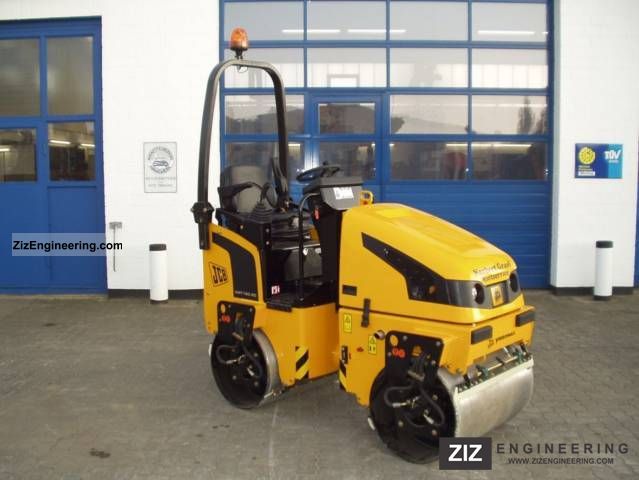

D evelopment of multimodal transportation networks (i.e., networks that serve a variety of users including pedestrians, bicyclists, transit riders and drivers).Reduction of greenhouse gas (GHG) emissions.Before July 1, 2020, LOS was the main measurement used to evaluate environmental impacts related to transportation. The State issued guidelines calling for the use of VMT, mandatory on July 1, 2020. In 2013, California passed Senate Bill (SB) 743, requiring that jurisdictions no longer use automobile delay in transportation analysis under the California Environmental Quality Act (CEQA). By reducing VMT, we reduce the amount of air pollution from cars. The expected result is a more appropriate mix of train, bus, boat, bicycle, and car travel. paying into a mitigation bank that will then be used to fund transportation projects elsewhere in a City). bicycle lockers and transit vouchers) and off-site measures (i.e. Generally, to lessen a project’s impacts on VMT, it includes on-site measures (i.e. It gives a clearer picture of the transportation-related impacts of a project.

VMT is used to evaluate every development project (with exceptions). Measuring VMT in crowded places provides what is needed to keep track of the VMT and imposes restraints on driving when and as necessary. VMT is calculated by summing the miles driven by all cars and trucks on roadways within a region. VMT is used in transportation planning to measure the amount of travel for all vehicles in a geographic region over a given period, typically a one-year period. This concern led to the use of “vehicle miles traveled” or VMT as the metric to evaluate a project’s impacts on the transportation system. Vehicle Miles Traveled (VMT): As excessive automobile use began to cause environmental damage in terms of fossil fuel consumption, GHG emissions and severe traffic congestion, there was an increasing interest in placing limits on the amount of driving that could occur in an area. As defined under Senate Bill (SB) 743, LOS is no longer used, and it is expected that Vehicle Miles Travel (VMT) will be the new standard for assessing the effects of growth and development in California. Because LOS only evaluated congestion, it focused on the movement of motor vehicles, which discounted other modes of transit and resulted in dangerous, high-speed streets and sprawling land use. Understanding these effects early in a development’s design phase gave planners a valuable tool for controlling the situation by requiring developers to adjust their designs and project plans to avoid congestion on nearby roadways. For example, a grade of LOS “E” or “F” signaled severe and excessive future traffic congestion. A roadway or intersection with only light traffic and few significant backups were assigned a grade of “A.” As congestion worsened, the letters progressed. The LOS measurement system assigned alphabet letters to the various degrees of projected traffic congestion and intersection backups. Level of Service (LOS): A “Level of Service” (LOS) rating system was used in the past as a means of determining projected traffic impacts of proposed developments on nearby intersections, streets, and highways. While challenging initially, replacing LOS with VMT has promoted better planning, incentivized more investment in the safety of bicycling and walking, and given local governments more freedom to implement their jurisdiction’s vision for transportation networks.


 0 kommentar(er)
0 kommentar(er)
